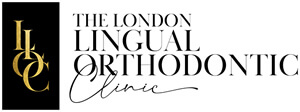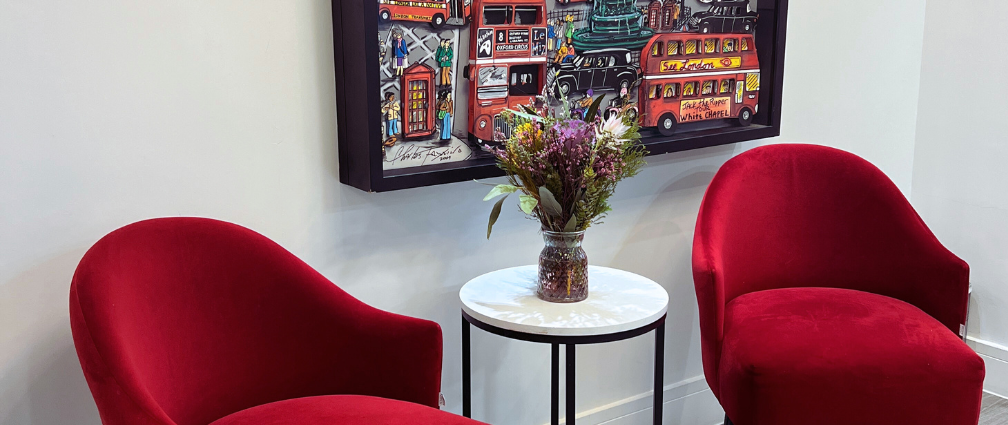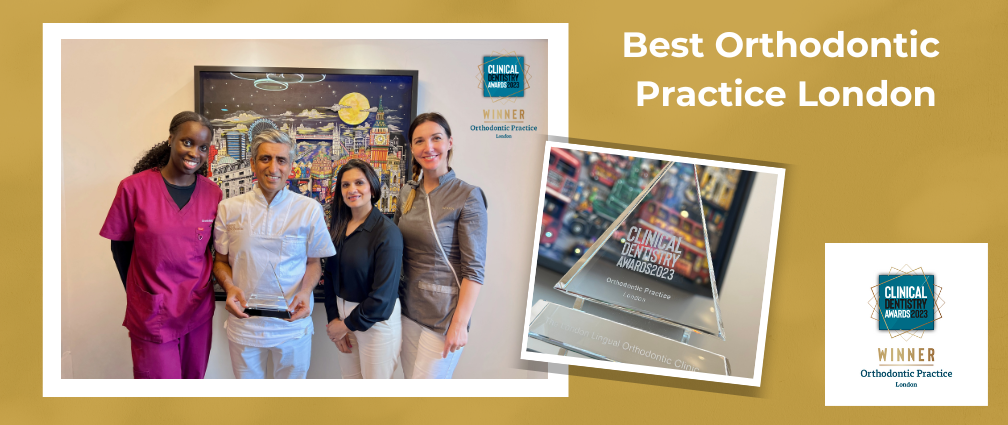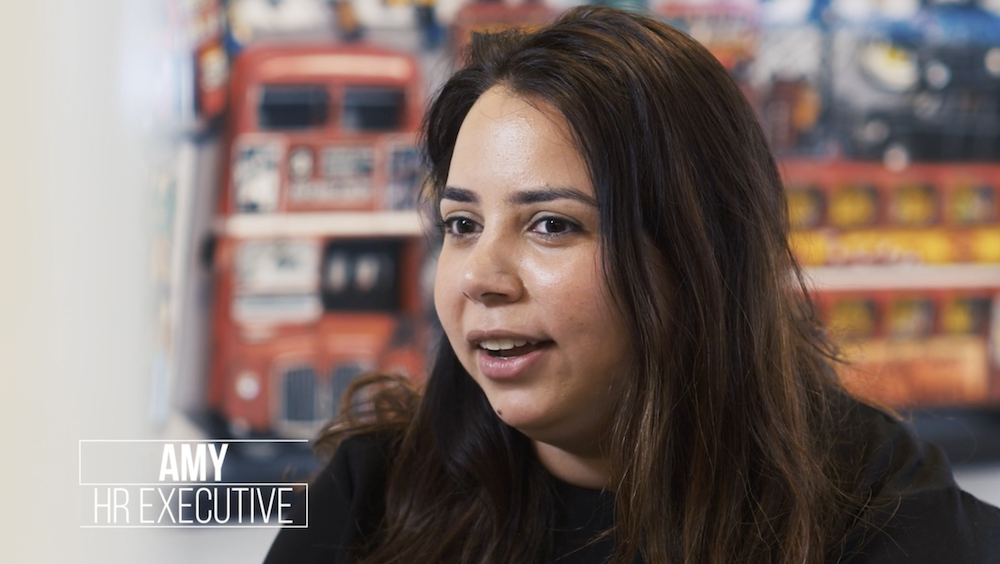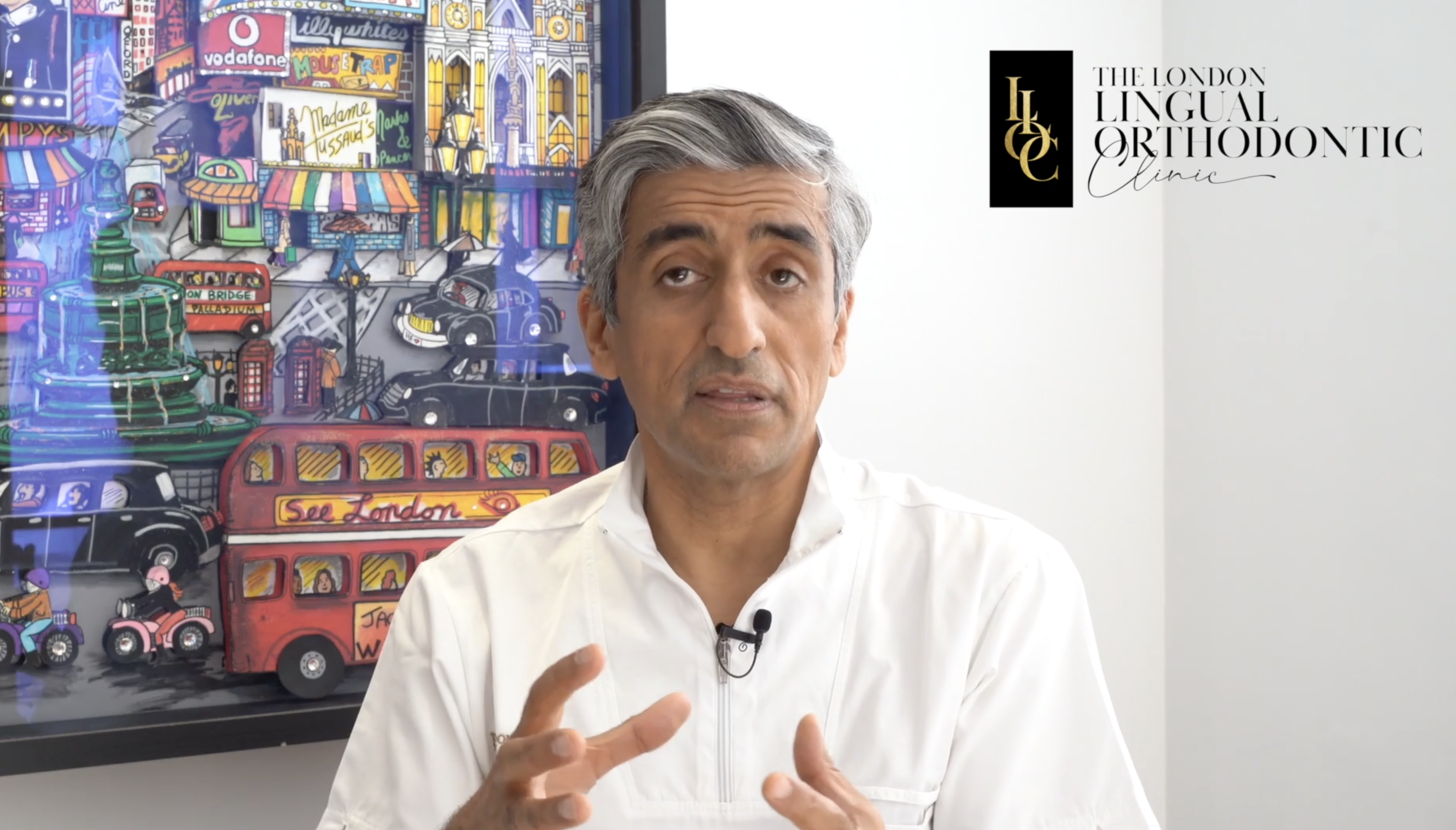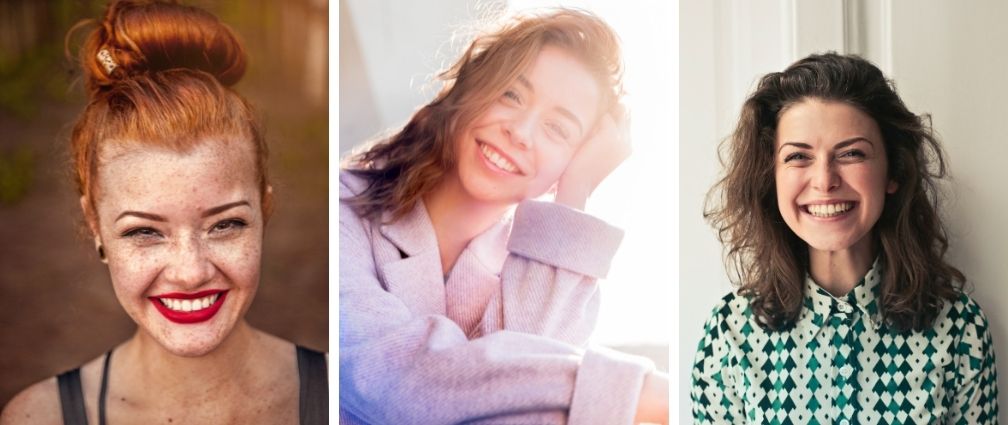
Recognised primarily as a display of happiness, the power of a smile is often underestimated.
Despite early beliefs that smiling is a learned behaviour, developments in 3D ultrasound have shown that babies smile in the womb suggesting that, regardless of tradition and environment, smiling is a biological form of expression.
Irrespective of culture, a beautiful smile sends a clear message – an observation first recognised by Charles Darwin. Immortalised in oil, the portrait of the Mona Lisa depicts one of the most famous and enigmatic smiles in the world. And although this beautiful woman keeps her lips firmly sealed, there are so many movie stars, models, and influencers renowned for their engaging, uplifting smiles and perfect dental aesthetics.
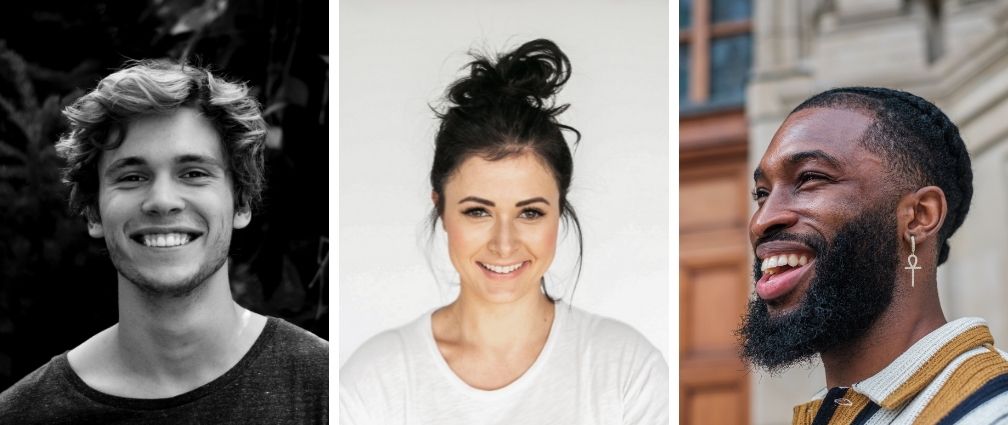
What does a smile mean to you?
A smile is one of the most powerful forms of visual communication, whether it is given to others or used as an aid to boosting our own confidence; a good smile showing healthy teeth is one of the most attractive features people can have.
From being friendly and welcoming to offering a sense of trustworthiness and confidence, a smile can help improve the well-being of the one who is smiling, as well as the recipient. These attributes have been linked to positive emotions which can have incredible health benefits such as decreasing stress-enhancing hormones and lowering overall blood pressure.
We are proud to work with patients to help them achieve a healthy smile that not only increases confidence and creates joy but can also be an important factor in careers and social relationships.
Some reasons to smile
- Happiness
- Confidence
- Humour
- Positive first impressions
- Success
- Love
- Kindness
- Welcoming

The four most recognised smile types
Studies by PubMed Central have shown that individuals have a heightened perception of smiles in social situations, and many are able to identify which type of smile they’re receiving or witnessing, including:
- The polite smile
A surprising number of social situations require a polite smile. From a first meeting to a silent apology, the polite smile uses the zygomaticus major muscle without the use of the orbicularis oculi muscle. Simply, you smile with your mouth, but not your eyes
- The reward smile
Reward smiles are a fantastic motivation for ourselves, and for other people. Activated by laughter, shared joy, or approval, the reward smile is a truly happy social response. The mouth, cheeks, and especially brow areas of the face are activated in this smile type
- The affiliative smile
The true social connector, this friendly smile demonstrates trustworthiness and good intentions as an act of reassurance. Often framed as a smile without showing teeth, the lips arch up in the corners, sometimes even revealing dimples
- The Duchenne smile
A smile that reaches up to the eyes – an expression of pure happiness! The Duchenne smile originates from the first recorded scientific study into smiling by the French neurologist Guillaume Duchenne de Boulogne. Involving the mouth, eyes and cheeks this smile demonstrates a ‘glowing’ moment, indicating trustworthiness, authenticity and good health.
